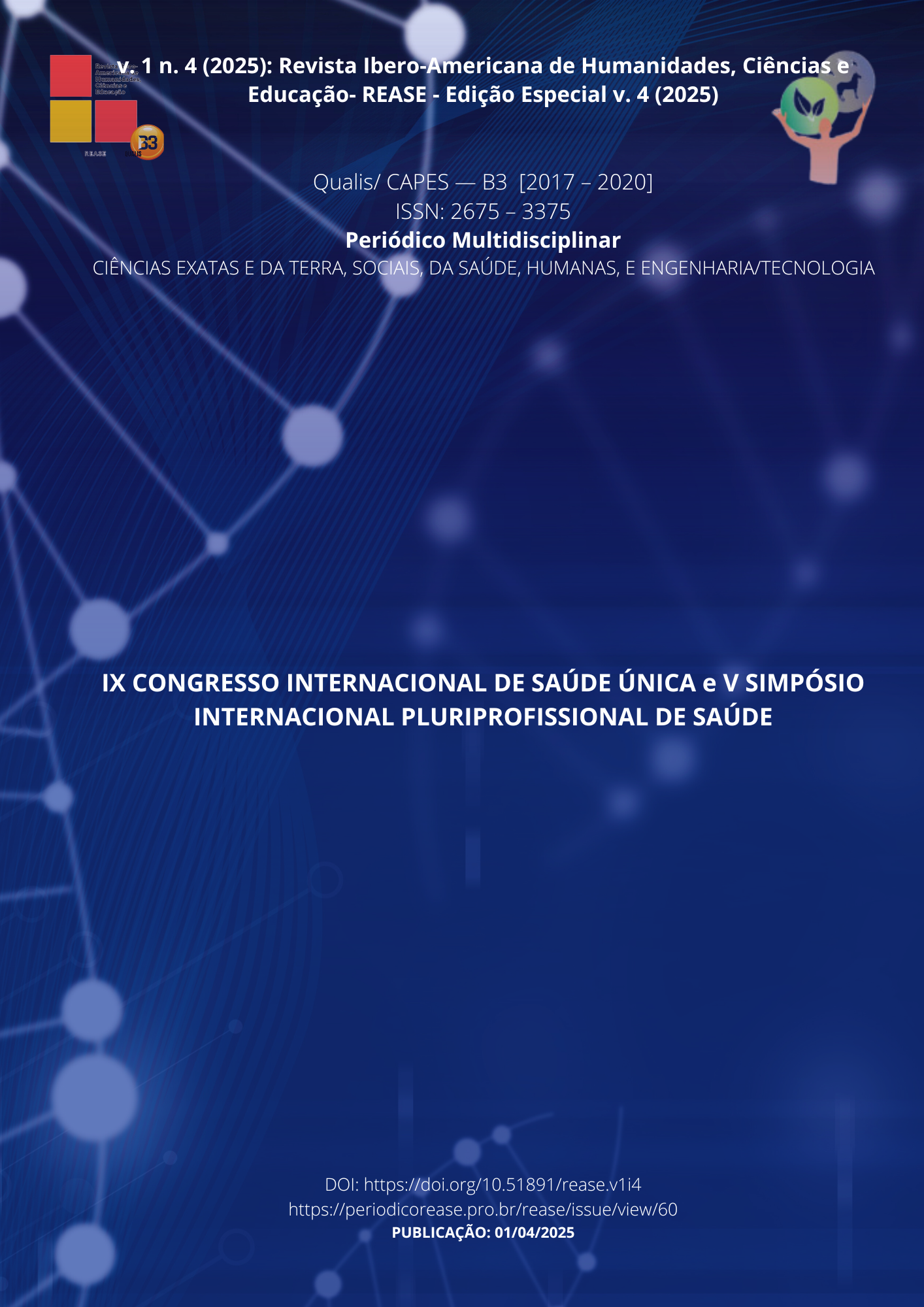EPIDEMIOLOGICAL AND CLINICAL KNOWLEDGE LEVEL OF PROFESSIONALS WORKING IN PRIMARY CARE ABOUT SICKLE CELL ANEMIA
DOI:
https://doi.org/10.51891/rease.v1i4.18494Keywords:
Hereditary diseases. Sickle cell anemia. Associated factors.Abstract
The objective was to analyze the level of knowledge of nursing professionals who work in basic health units (UBS) about the epidemiological, clinical and psychosocial profile of patients with sickle cell anemia. This is an observational and cross-sectional study characterized. Therefore, a nursing team from Primary Health Care was included in the analyses. Data were obtained through the application of the Quest DOR-DF questionnaire. Participants were of both sexes and were over 18 years old. All ethical aspects were respected. Regarding the results, the fact that draws the most attention refers to the fact that for the majority of questions, the answer “I don't know” was given by the majority of participants. Therefore, it is reiterated the importance of greater access to knowledge, firstly for professionals and then, developing educational actions capable of transmitting all the necessary information to patients and families.
Downloads
Downloads
Published
How to Cite
Issue
Section
Categories
License
Atribuição CC BY

